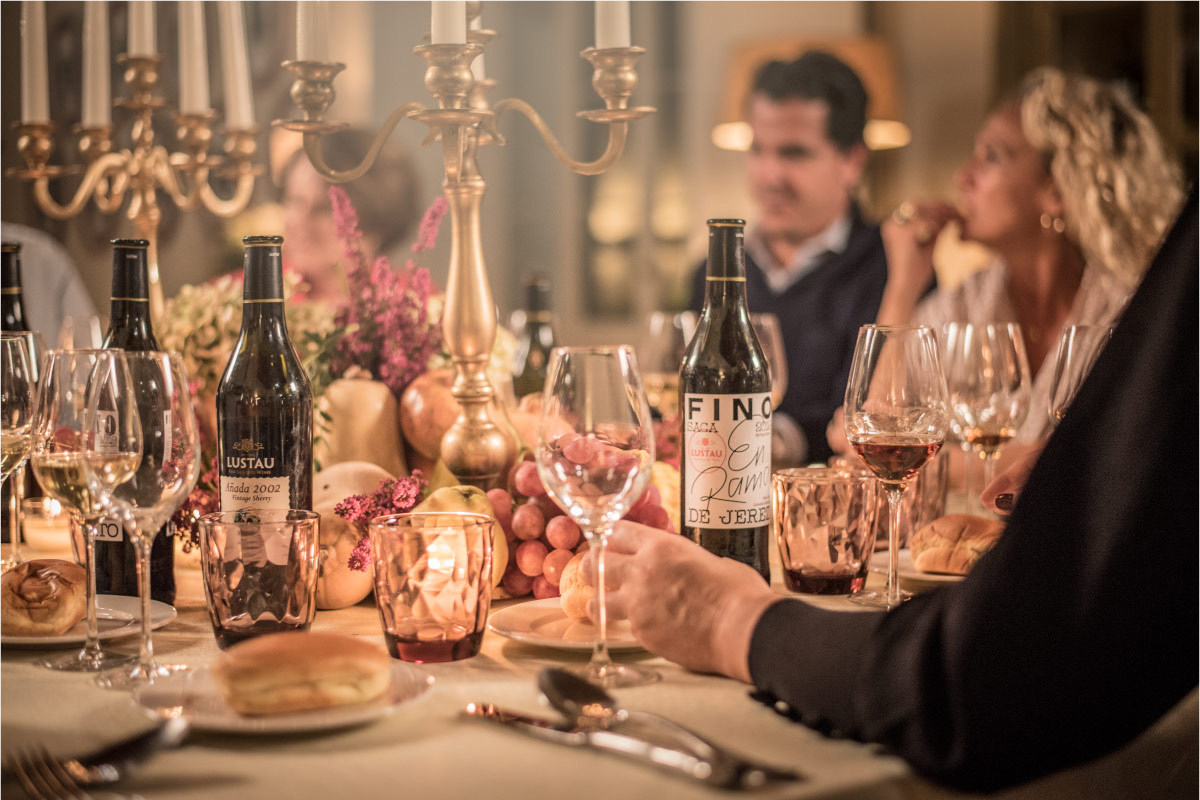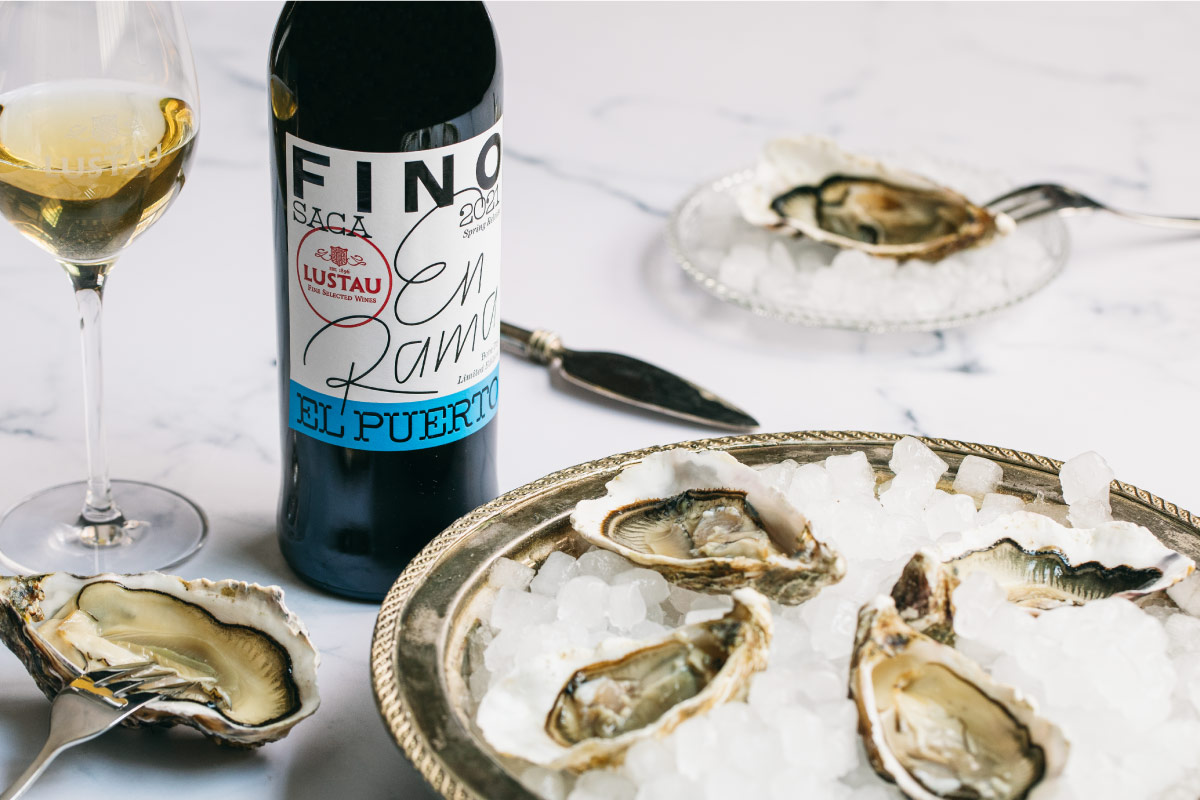Creole cuisine is a sophisticated blend of French, Spanish, African, Caribbean, and Native American influences, reflecting Louisiana’s rich cultural history and vibrant culinary tradition. Known for its bold flavors and refined techniques, Creole cooking frequently incorporates tomatoes, rice, okra, and spices into dishes ranging from hearty stews to elegant seafood meals. Originating in 18th-century Louisiana as a fusion of diverse culinary practices from settlers and enslaved peoples, Creole cuisine has evolved over centuries while maintaining its roots in New Orleans’ dynamic food scene and festive spirit. Today, it remains a timeless expression of Southern hospitality and cultural heritage, celebrating both tradition and modernity.
CREOLE COOKING ESSENTIALS
The heart of Creole cuisine lies in its distinctive ingredients and the cooking techniques that bring them to life. Together, these elements create the bold, vibrant flavors that define this culinary tradition, blending influences from Louisiana’s rich cultural heritage.
Key Ingredients in Creole Dishes
Creole dishes are built on a foundation of ingredients that reflect the region’s diverse influences and abundant local produce:
1. The “Holy Trinity”: Onions, bell peppers, and celery are sautéed as the base of most dishes, much like a French mirepoix, and provide a flavorful foundation for soups, stews, and sauces.
2. Tomatoes: A hallmark of Creole cuisine, tomatoes add a tangy and rich depth to sauces, soups, and stews.
3. Seafood: Gulf favorites like shrimp, crab, and crawfish feature prominently, showcasing the region’s bounty.
4. Spices: Creole seasoning blends, often a mix of cayenne, paprika, garlic powder, thyme, and bay leaves, create layers of complex flavor.
5. Okra and Filé Powder: Okra thickens dishes like gumbo, while filé powder (ground sassafras leaves) adds a unique flavor and texture to stews.
6. Rice: A staple in Creole cooking, rice serves as the base for dishes like étouffée and jambalaya, providing heartiness and balance.
ESSENTIAL TECHNIQUES IN CREOLE COOKING
Beyond its ingredients, Creole cuisine relies on time-honored techniques that layer and enhance flavors:
• The Art of the Roux: A roux, made by slowly whisking flour and fat (butter or oil), is the cornerstone of many Creole dishes. The depth of flavor depends on the roux’s color, which ranges from light blond to deep chocolate brown.
• Building Layers of Flavor: Creole cooking emphasizes layering flavors. The holy trinity is sautéed first, followed by proteins, spices, and liquids like stock or tomatoes, creating a well-rounded, rich profile.
• Simmering to Perfection: Slow simmering allows the ingredients in stews like gumbo and étouffée to meld together, creating a harmonious and deeply satisfying dish.
• Balancing Heat and Flavor: Creole cuisine is bold but balanced, with spices added incrementally to achieve a harmony of heat and complexity without overwhelming the dish
HOW TO STOCK A CREOLE PANTRY
If you’re inspired to dive into Creole cooking, start by stocking your pantry with these essentials below. Having these ingredients on hand will ensure you’re ready to whip up a Creole masterpiece at a moment’s notice:
• Spices and Seasonings *: Creole seasoning, cayenne pepper, paprika, thyme, bay leaves, garlic powder.
• Roux Ingredients: All-purpose flour and butter or vegetable oil.
• Seafood Staples: Frozen shrimp, canned crab meat, or crawfish tails.
• Canned Goods: Diced tomatoes, tomato paste, and chicken or seafood stock.
• Other Must-Haves: Long-grain rice, okra (fresh or frozen), sausage (Andouille or smoked), and filé powder.
A DIY Creole Spice Mix Recipe:
Homemade seasoning can elevate the authenticity of dishes and allow for customization. We encourage you to make your own Creole seasoning at home with this simple recipe:

Ingredients:
• 2 tablespoons paprika
• 1 tablespoon garlic powder
• 1 tablespoon onion powder
• 1 tablespoon dried thyme
• 1 tablespoon dried oregano
• 1 teaspoon cayenne pepper
• 1 teaspoon black pepper
• 1 teaspoon salt
Instructions:
1. Combine all ingredients in a small bowl.
2. Store in an airtight container.
3. Use to season meats, vegetables, soups, and stews.
SIGNATURE CREOLE DISHES TO MASTER
To truly appreciate Creole cuisine, you need to try its signature dishes, each with its own unique story and flavor profile:
1. Gumbo: A soulful stew made with a roux, seafood, sausage, and sometimes chicken, gumbo is thickened with okra or filé powder.
2. Jambalaya: A one-pot rice dish cooked with meats, seafood, vegetables, and Creole seasonings. It’s perfect for feeding a crowd.
3. Etouffée: A rich and flavorful stew, often featuring crawfish or shrimp, served over a bed of rice.
4. Shrimp Creole: A tomato-based dish with shrimp, peppers, and spices, showcasing the fresh seafood of the region.
5. Red Beans and Rice: A hearty dish traditionally made on Mondays with slow-cooked beans and sausage, served over rice.

CREOLE DESSERTS TO TRY
Creole cuisine doesn’t stop at savory dishes—it also boasts an array of delightful desserts. Here are a few to indulge in:
• Bananas Foster: A flambéed dessert of bananas, rum, and brown sugar served over vanilla ice cream.
• Pralines: A sweet treat made with sugar, cream, and pecans, perfect for satisfying a sweet tooth.
• Bread Pudding with Whiskey Sauce: A classic Creole dessert featuring a custard-soaked bread base topped with a rich, boozy sauce.
A CREOLE KITCHEN PLAYLIST
Music is a big part of Louisiana culture, and this playlist will bring a touch of New Orleans to your kitchens. Create a playlist of upbeat Louisiana-inspired music to set the mood while cooking. Include genres like jazz, zydeco, and blues with artists such as:
• Louis Armstrong
• Fats Domino
• Dr. John
• Buckwheat Zydeco
Not jazz or blues driven, but this playlist created to pair with oloroso matches perfectly with the mood.
THE ROLE OF COMMUNITY AND CULTURAL CELEBRATIONS
Creole cuisine is more than just a collection of recipes—it’s a way of bringing people together. Many iconic dishes are meant to be shared, whether a steaming pot of gumbo at a family gathering or a plate of jambalaya served during a local festival. Cooking Creole dishes often becomes a communal activity, with family recipes passed down through generations and friends and neighbors coming together to savor the results.
Food is at the heart of Louisiana’s most cherished festivals and traditions, making Creole cuisine an integral part of the state’s cultural identity. Experiencing these events offers a deeper appreciation for the history, flavors, and communal spirit behind Creole cooking. One of the most prominent ones is Christmas Réveillon Dinners: A holiday Creole tradition originally from France where families enjoy multi-course meals featuring dishes like oyster stew and pecan pie.
CHRISTMAS RÉVEILLON
Réveillon is a cherished holiday tradition in New Orleans, rooted in French Catholic customs and Creole heritage, where families originally gathered for a lavish meal after midnight Mass on Christmas Eve to break their fast and celebrate. Brought to Louisiana by French settlers in the 18th and 19th centuries, Réveillon evolved into a uniquely Creole celebration, incorporating local ingredients like Gulf seafood and bold flavors. Today, the tradition has been revived as a festive culinary experience throughout the holiday season, with New Orleans restaurants offering special Réveillon menus that honor its history while embracing modern interpretations.

KEY FEATURES OF MODERN RÉVEILLON CELEBRATIONS
1. Festive Multi-Course Meals: Réveillon menus feature multi-course feasts, showcasing the richness of Creole and French-inspired cuisine. Dishes may include:
• Oysters Rockefeller or Bienville
• Duck gumbo or turtle soup
• Roast quail, beef tenderloin, or braised short ribs
• Classic desserts like bread pudding with whiskey sauce or praline parfait
2. Luxurious Ingredients: Many menus incorporate indulgent ingredients such as foie gras, truffles, and fresh Gulf seafood, elevating the holiday experience.
3. Restaurant Participation: Dozens of renowned New Orleans restaurants participate, from fine dining establishments like Commander’s Palace and Arnaud’s to cozy neighborhood gems.
4. Seasonal Atmosphere: The city’s restaurants are beautifully decorated for the holidays, creating a warm and festive ambiance. Candlelight, holiday music, and historic settings make the experience magical.
RÉVEILLON AT HOME
For those who prefer a more intimate celebration, many families in New Orleans still observe Réveillon at home. A home-cooked Réveillon meal often includes:
• Appetizers: Charcuterie boards, pâtés, or seafood hors d’oeuvres.
• Main Courses: Roast turkey, duck, or beef served with rich sauces and seasonal vegetables.
• Desserts: Classic Creole sweets like pecan pie, pralines, or King Cake-inspired treats.
• Drinks: Champagne, spiced rum punch, or eggnog to toast the season.

INCORPORATING SHERRY WINES INTO A CHRISTMAS RÉVEILLON CELEBRATION
With their incredible versatility and rich flavor profiles, sherry wines are a perfect match for the festive and indulgent nature of a Christmas Réveillon. Whether used in cooking, pairing
with dishes, or as a star ingredient in holiday cocktails, sherry enhances the traditional flavors of this celebration. Incorporating sherry into your Réveillon feast will elevate the culinary experience and add a unique twist to this cherished tradition. Cheers to a festive and flavorful holiday!
1. Sherry Pairings for Any Course
Sherry wines are known for their layered and nuanced flavors, which range from light and dry (like fino or manzanilla) to dark and nutty (like amontillado, oloroso) and sweet (like pedro ximénez and blends). These flavor profiles complement Creole dishes that are equally complex, featuring a balance of smoky, savory, spicy, and tangy notes. For example:
Appetizers:
• Pair salty and briny starters like oysters or Shrimp Creole with a crisp fino or manzanilla sherry. Their light, dry profiles complement seafood and cut through the richness of creamy sauces.

Discover how Lustau En Rama wines pair perfectly with a gulf oyster– click to explore this pairing in full!
Soups and Salads:
• Serve an amontillado sherry with turtle soup or gumbo. Its nutty, slightly oxidative flavor balances the earthy and smoky notes in these dishes.

Discover how Lustau Amontillado Escuadrilla pairs perfectly with Gumbo – click to explore this pairing in full!
Main Courses:
• Pair oloroso with roasted meats like duck or beef tenderloin. Its fuller body and caramelized notes enhance the richness of the meat.
• For seafood dishes, stick with a fino or amontillado for a lighter, fresher pairing.
Desserts:
• Complement bread pudding, pecan pie, or chocolate desserts with pedro ximénez, a sweet sherry with flavors of raisins, figs, and caramel.
• For lighter desserts, such as fruit tarts or custards, pair with a cream sherry or fruity and floral moscatel.
2. Sherry in Holiday Cocktails
Whether warming up after a long lunch or offering a warm welcome to your guests, sherry cocktails bring joy to anymoment. Mulled Wine offers comfort, while a French 75 brings festive finesse.

Mulled Wine: Infused with the richness of sherry and a touch of brandy de Jerez, this festive favorite is ideal for intimate holiday gatjerings or fireside relaxation. Tap to learn more!

Combine sherry with bubbles for the ultimate festive drink. Perfect for New Year’s Eve or any celebratory moment. Tap to discover how to make it!
3. Sherry as a Gift or Table Feature
Sherry also makes a wonderful addition to the Réveillon table in the following ways:
• A Welcome Drink: Greet guests with a small glass of chilled fino sherry as they arrive, or a comforting but low ABV cocktail such as our take to the original Sazerac.

Celebrate the season in style: discover our Low-ABV Oloroso Sazerac, the perfect Christmas Réveillon welcome drink!
• Table Décor: Use beautiful sherry decanters or bottles as part of your holiday table centerpiece.
• Parting Gifts: Send guests home with mini bottles of sherry as a token of the celebration.







